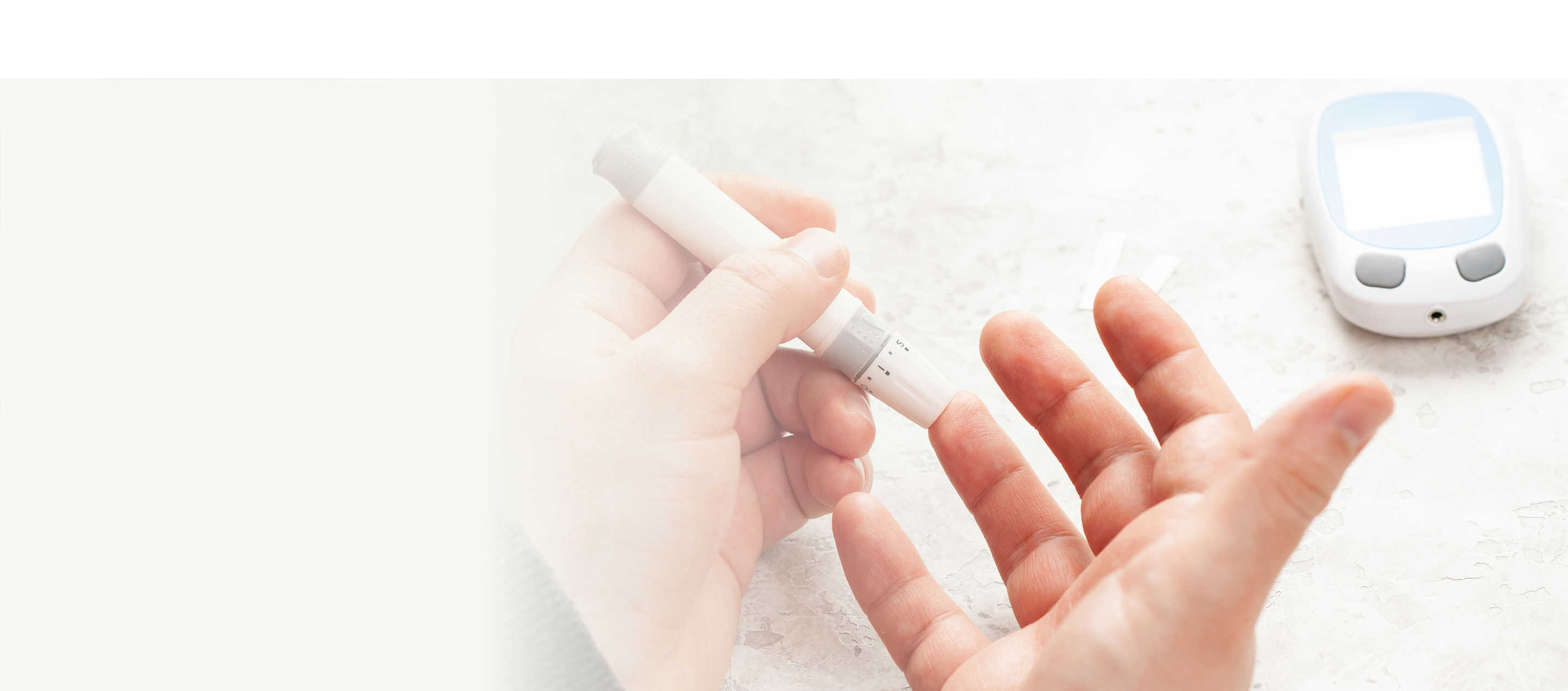
PIQRAY®▼ (alpelisib)
Some people experience side effects from their treatment for advanced breast cancer. Find out the most common side effects that people taking Piqray experience
CTA
Learn more >

PIQRAY®▼ (alpelisib)
Some people develop hyperglycaemia as a side effect of taking Piqray. Find out more about this side effect and what action you should take



















